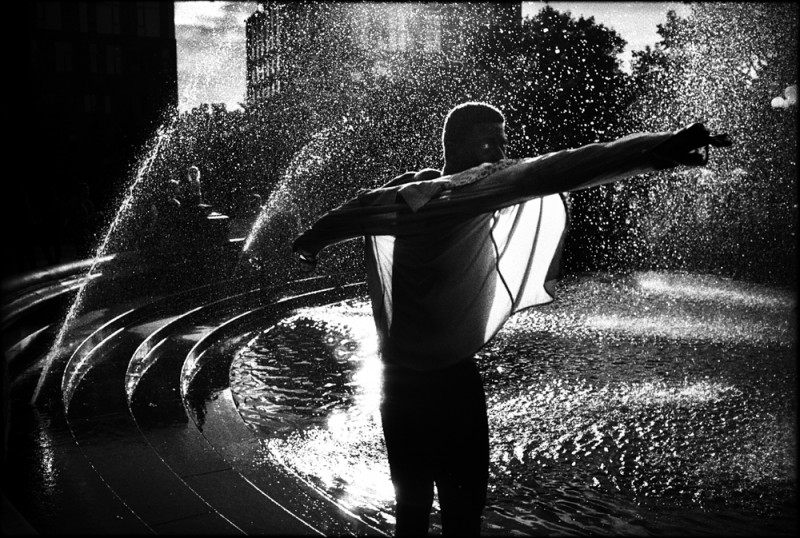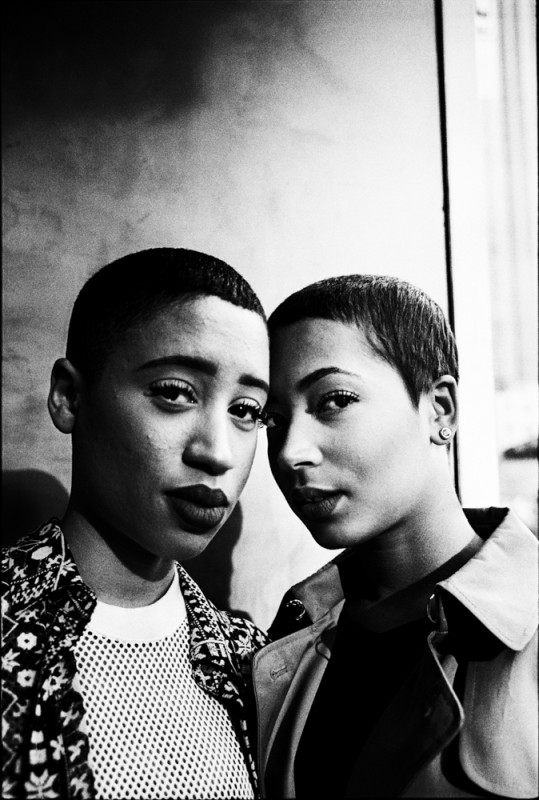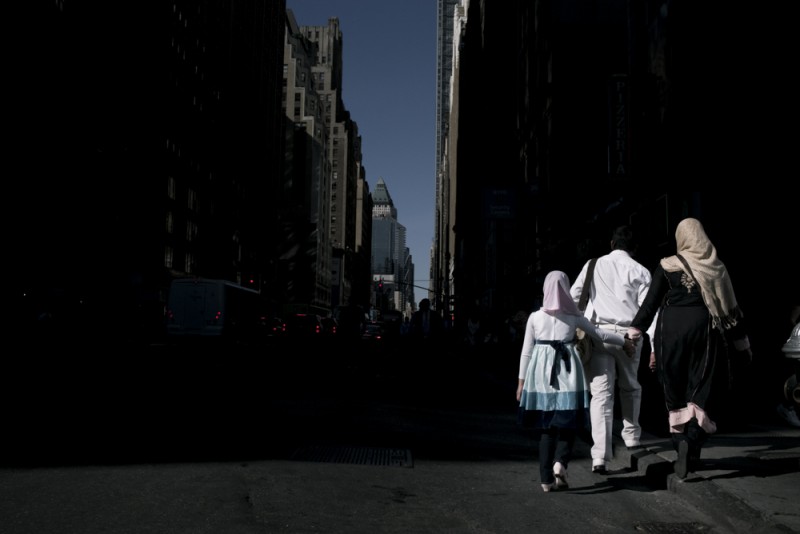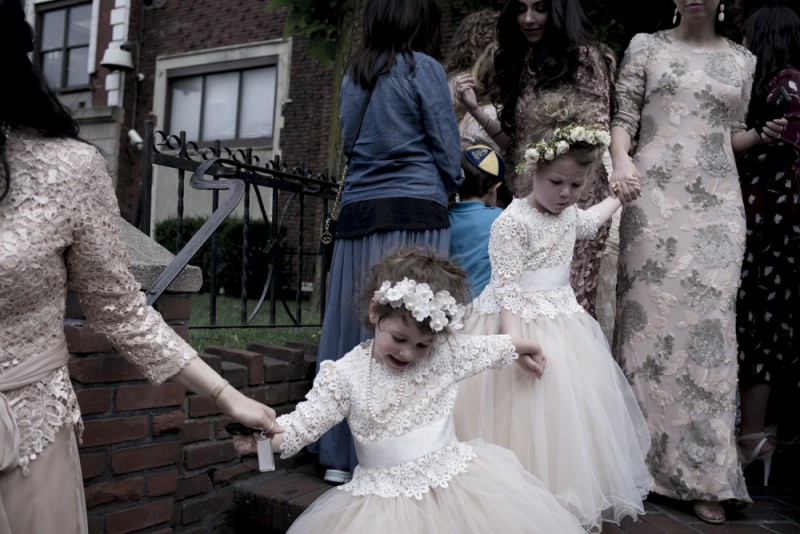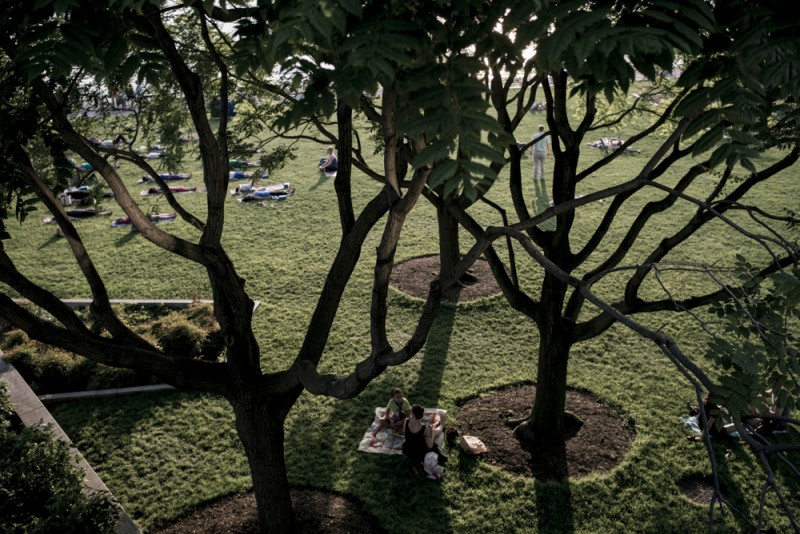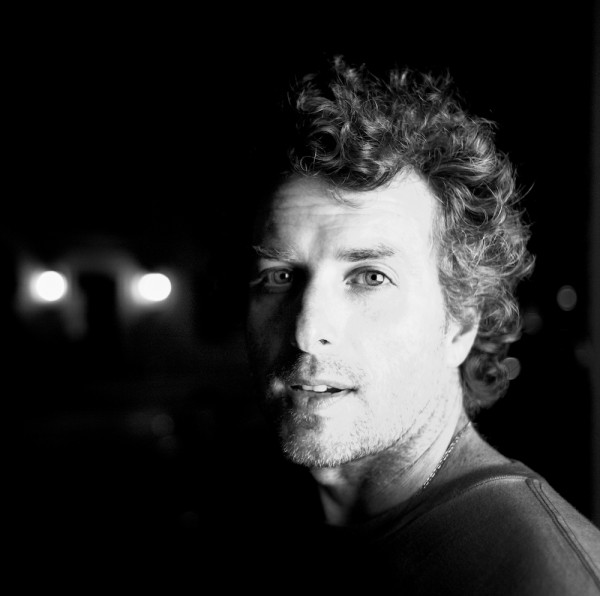Dear New Yorker
Dear New Yorker
Joseph Michael Lopez
September 22, 2017
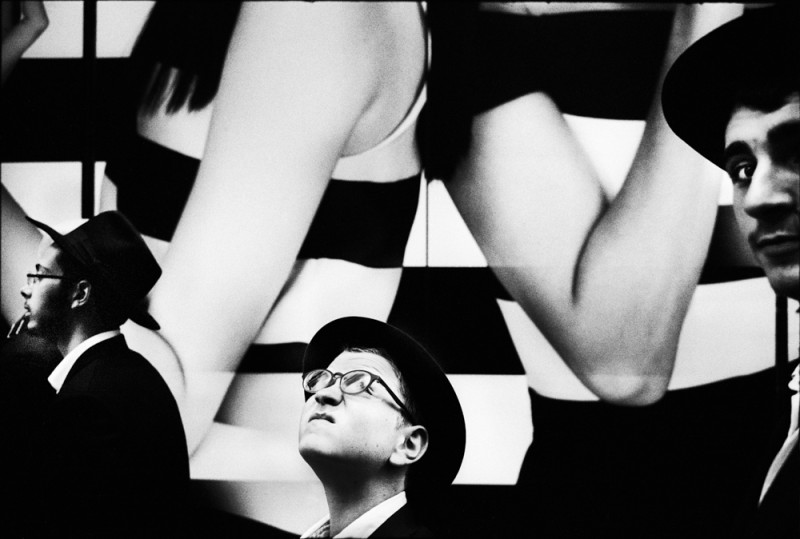
When did you start documenting the streets of New York and what triggered you to do so?
When I returned to New York I was working for Bruce Weber as an analog cinematographer and at some point the fashion story wasn’t really me; I want-ed to know more, and have deeper meaning in my life. What triggered me to go on the streets was the fact that I didn’t know who I was yet, I was super energized and naive and I wanted to really comprehend life; but I will say that Bruce was such an early inspiration and had such an impact on the pursuit of owning my visual voice.
Do you think your cultural background has influenced your photographic work?
Completely. I think my cultural heritage and my bloodline have been transferred to me in a manner that resonates with that of a freedom warrior. I was born in Washington Heights, my father is Puerto Rican and my mother arrived here from Cienfuegos, Cuba, in 1967, fleeing from Fidel Castro’s revolution. My grandfather and my uncle were political prisoners, so the reality of liberty and the actualities of freedom of expression trickled into me and my narrative in a deep way.
It can be really challenging to find your own voice in such an over-photographed city as New York: you have to struggle to find your angle, your unique perspective for telling a story.
I struggled in many different ways, but my aesthetics, my voice and my photography have followed a gradual evolution, a process of growing up and being comfortable with myself, along with continuously challenging myself. It’s about channeling what’s in your heart, putting it in the frame and finding out where you need to stand, and what you need to stand for. I think it comes down to whether you really have something to say.
What camera are you working with and why did you choose Leica?
I chose a Leica before I was even capable of taking a good picture. I was really drawn to its history and I wanted to figure it out. It was a challenge at first but I wanted to master it and make it my own. My analog MP 0.58 is it. The biggest factor for me was being able to stay with the subject without an SLR’s mirror interfering.
Interview: Francesca Gennari. Born in Parma, Italy in 1988, Gennari is Picture Editor at Burn Magazine, as well as a free-lance photographer. She lives in New York.
Colour photos: In collaboration with the Museum of the City of New York: New York at Its Core: Future City Lab
You can find more photos and the complete interview in
LFI 7/2017.
Joseph Michael Lopez+-
Born in New York City in 1973, Lopez began his career as an analog cinematographer on the critically acclaimed Bruce Weber film, Chop Suey (2001). He was an autodidact up until 2009; then he approached Columbia University without a degree, and was accepted as an MFA candidate, which he completed in 2011. His photographs have appeared in The Sunday Review (The New York Times), New York Magazine and The New Yorker, among others. More

